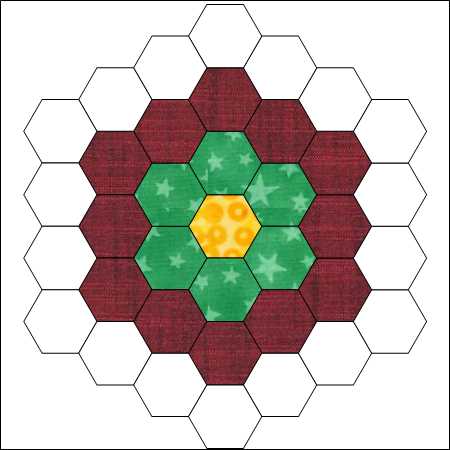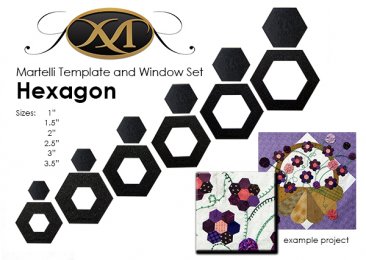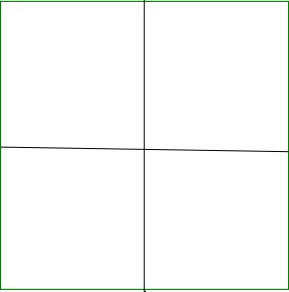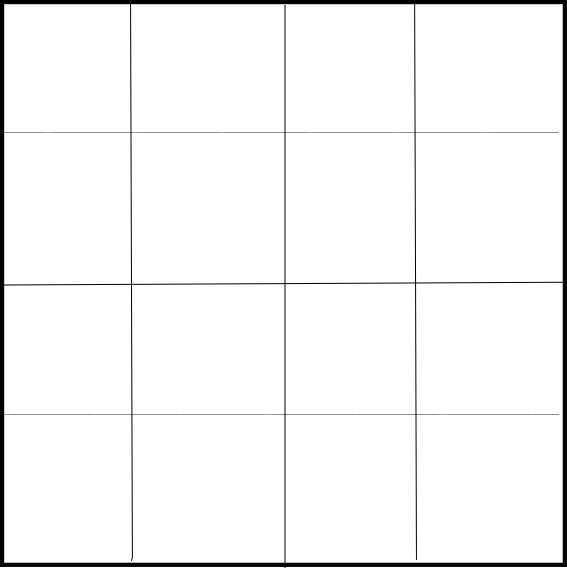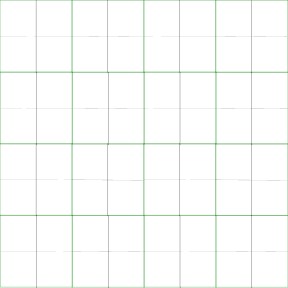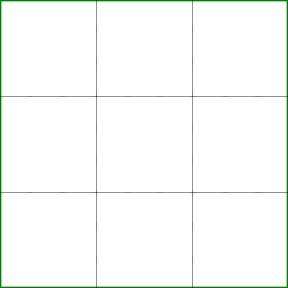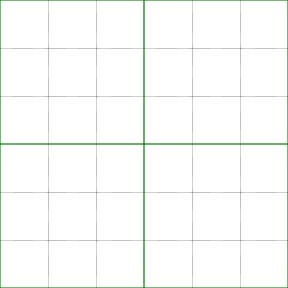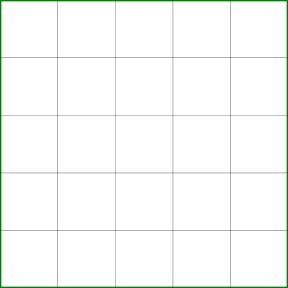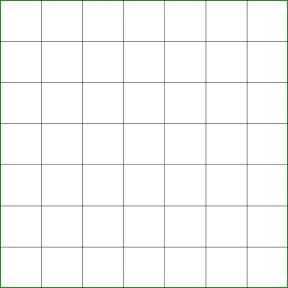Billie’s Sampler – Block 1
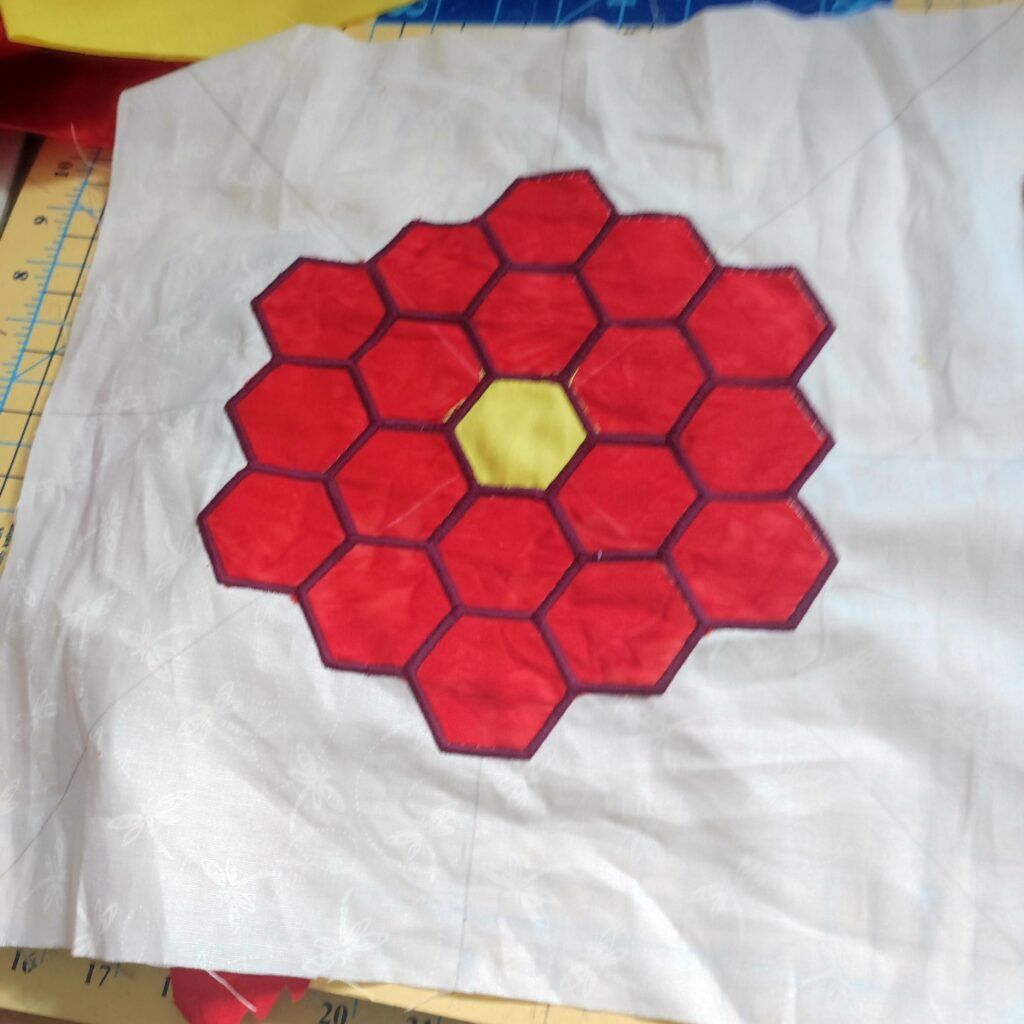
Grandma’s Flower Garden Block is old basic Hexagon design. This block can be Pieced, English Paper Pieced or Appliqued. The applique method depends on your personal style. You can use Raw Edge, Turned Edge, or like I, Satin Stitch.
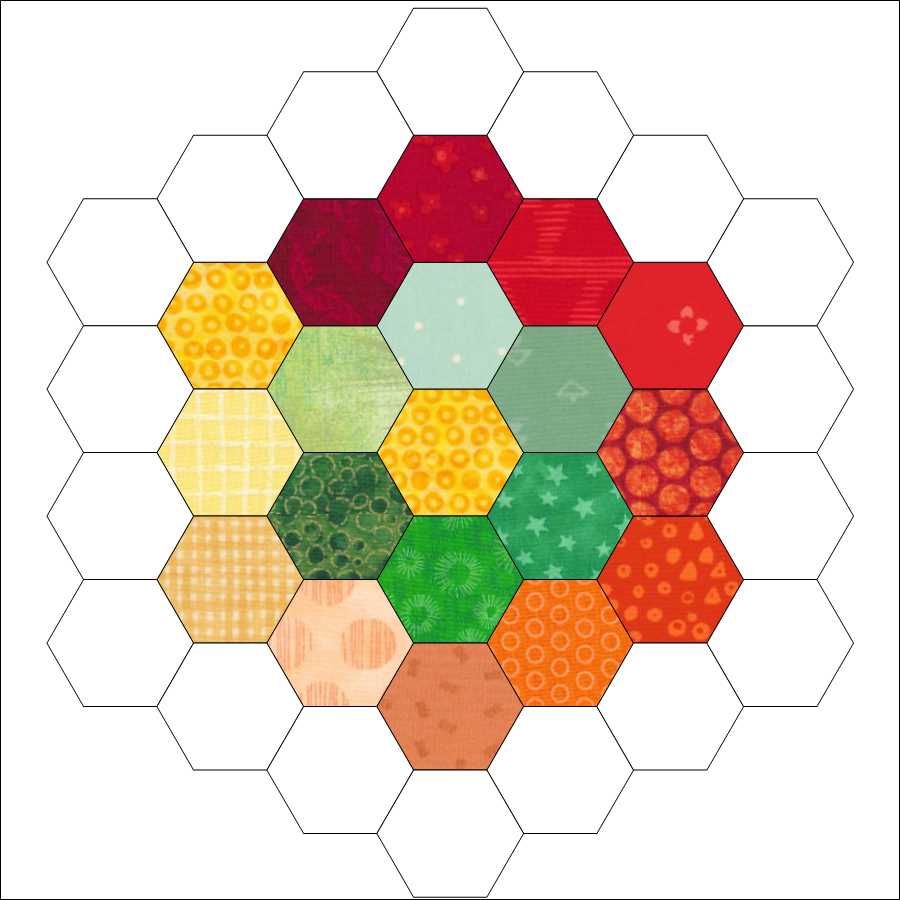
But a note about the satin stitches. I will not use this method again. It took me three (3) days of stitching to finish this simple block. One (1) day cutting hexagons and stitching each down on my 12 1/2 x 12 1/2 backgroud block. And two (2) days to acutually stitch all the satin stitches. However, I never do myself any favors. I manually tapered each point on every hexagon. What fun. My Bernina B590 does not offer tapering. However my Pfaff Creative Sensation does have this feature, which would have made my life so much easier. So suggested do not try this unless your machine has a tapering feature. Just for Sanity!
Working with Hexagons
Talk about teaching a old dog new tricks. I learned something new working with the hexagons in this project.
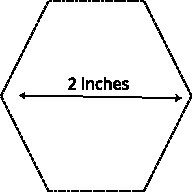
I was always taught that a Hexagon is measured by using its diameter. Point to point. So in this block you would use 2 inch finsihed hexagons. However in quilting a hexagon is measured by one side. Thus getting a 1 inch finished hexagon. Always something new.
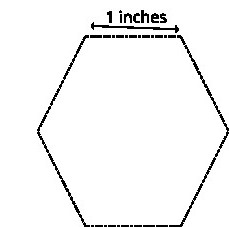
Piecing Hexagons
If you choose to piece the hexagons, then you would need to cut 19 – 1 1/2″ inch hexagons for this block. It must be noted that when piecing hexagons you do not want to stitch from edge to edge. The reason is the stitch crossing all the different corners causes little bumps in your block. Therefore, you always piece a hexagon starting 1/4″ from the edge and stopping 1/4″ before the ending edge. This why so many hand piece. However, with many modern machines you can create a program stitch that is 1″ long or 25mm to 25.5mm long swam (1″ equals 25.4mm). You can even program locking stitches. On my Bernina this procedure is called Stitch Recorder, On my Pfaff called Stitch Program My old Janome MC 12000 would automaticlly ask if I wanted to repeat the stitch sequence that was just completed, this popup showed when using the piecing function in the T-shirt menu.
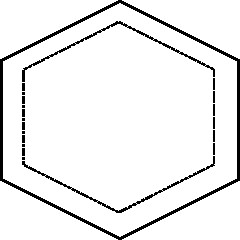
Notice the inside stitching line in the imagine above. To make this process easier, I would mark my seam lines. Using Martellie Hexagon Templates use the 1 1/2″ hexagon template to cut the 19 hexagons. Then using the 1″ hexagon placing in the center of the cut 1 1/2″ hexagon piece, using pencil or other marking tool, mark the seam allowance, using the edge of the 1″ hexagon template. You can also use a Studio 180 Magic Wand or any other tool that helps you to mark a 1/4″ seam allowance.
Satin Stitch Applique
I choose to use Satin Stitch applique. Using the same method with Turned or Raw Edge, minus satin stitching around each seam.
First cutting 19 – 1″ inch hexagons, I used Martelli Heagon Templates. Also need to cut 12 1/2 x 12 1/2 inch background square. Locate the center of the background square. Note the pencil lines from corner to corner and middle to middle on the image below. Gluing your center hexagon to the center of the square Then glue each round of hexigons. for a total of two (2) rounds. I used Acorn Precision Piecing Seam Align Glue, however, it is okay to use Elmer’s or any other Water Soluble glue for this step.
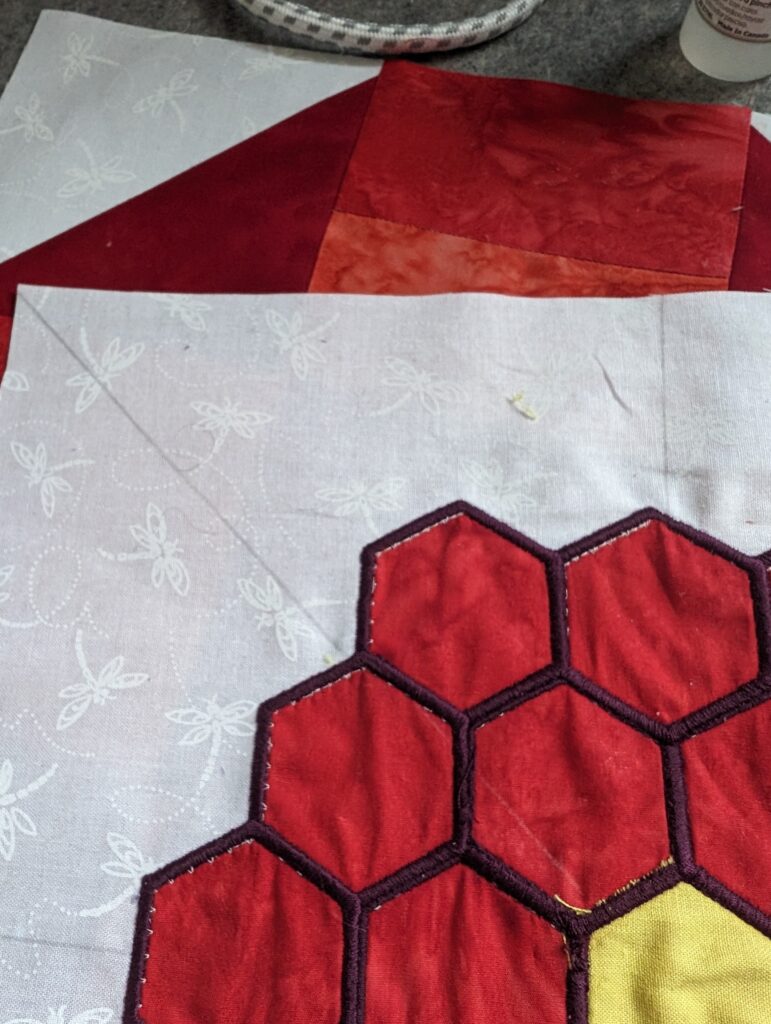
After the glue is set, either by drying or pressing with a warm iron. Using a small zigzag stitch, I used 3mm wide by 2mm lengh. Using your stitch in the ditch (edge stitch) foot (#10 Bernina Foot), stitch around all the edges of your hexagons. The blade of your foot can follow the space around each hexagon. (Thus you have 1.5mm on each hexagon). This secures yours hexagon pieces to your background fabric.
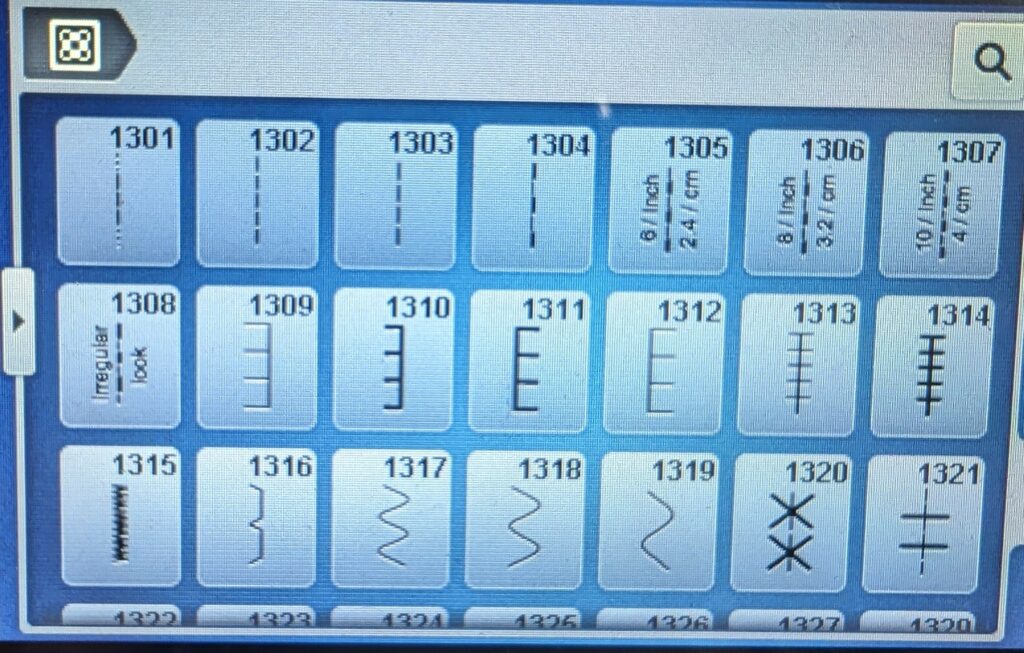
Note, if you choose the Raw edge method, then it may be better to increase the width of your zigzag to 4mm or 5mm. Also you can use a blacket stitch or double blanket stitch for this method (Blanket Stitch1309 and Double Blanket Stitch 1313, This stitches my be differrent on your machine). By choosing Turned edge, then may want to decrease your stitch width for a more invisible stitch.
Statin Stitching
Choosing a tapered statin stitch was a difficult choice. Wanting to make the design look more like a flower bloom and each heagon as a single petal. Adding two (2) layers of tear away stablizer. Also used used a tapered 4mm statin stitch, using Amann Mettler Saba 80 weight, corespun polyester thread.
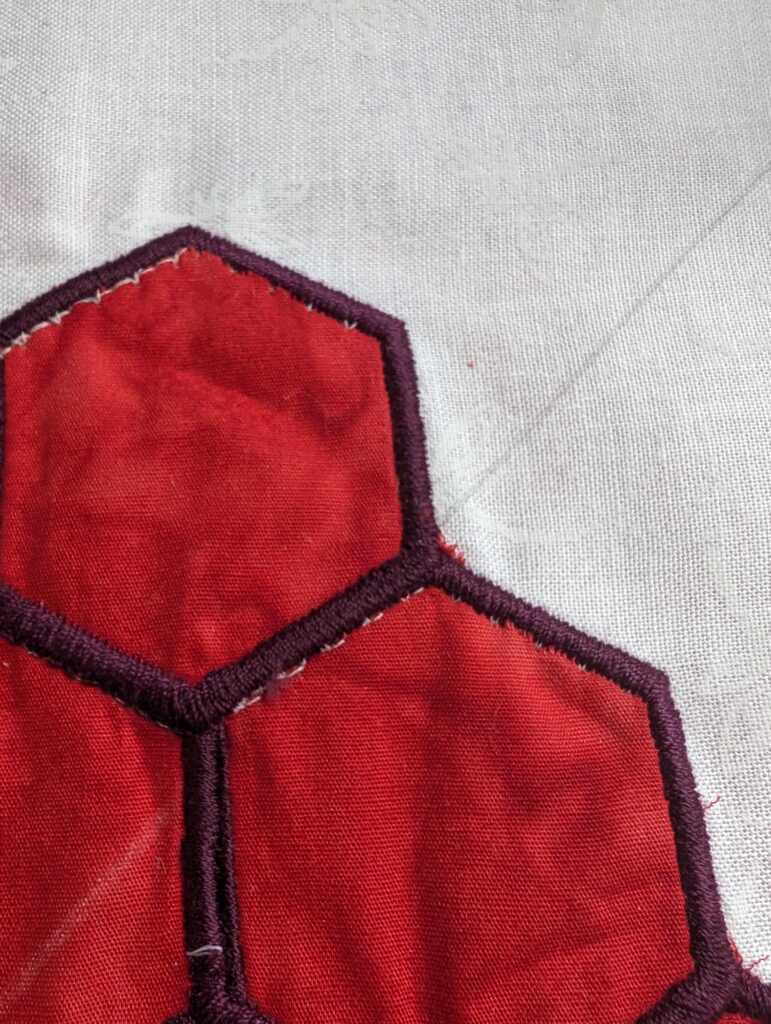
Well this was a interesting block and first step in creating the Billie Sampler. Loved the choosen method in theory. However, time and end results where not exactly what was intended. Will I redo the block no! Will I choose this method again NO!
